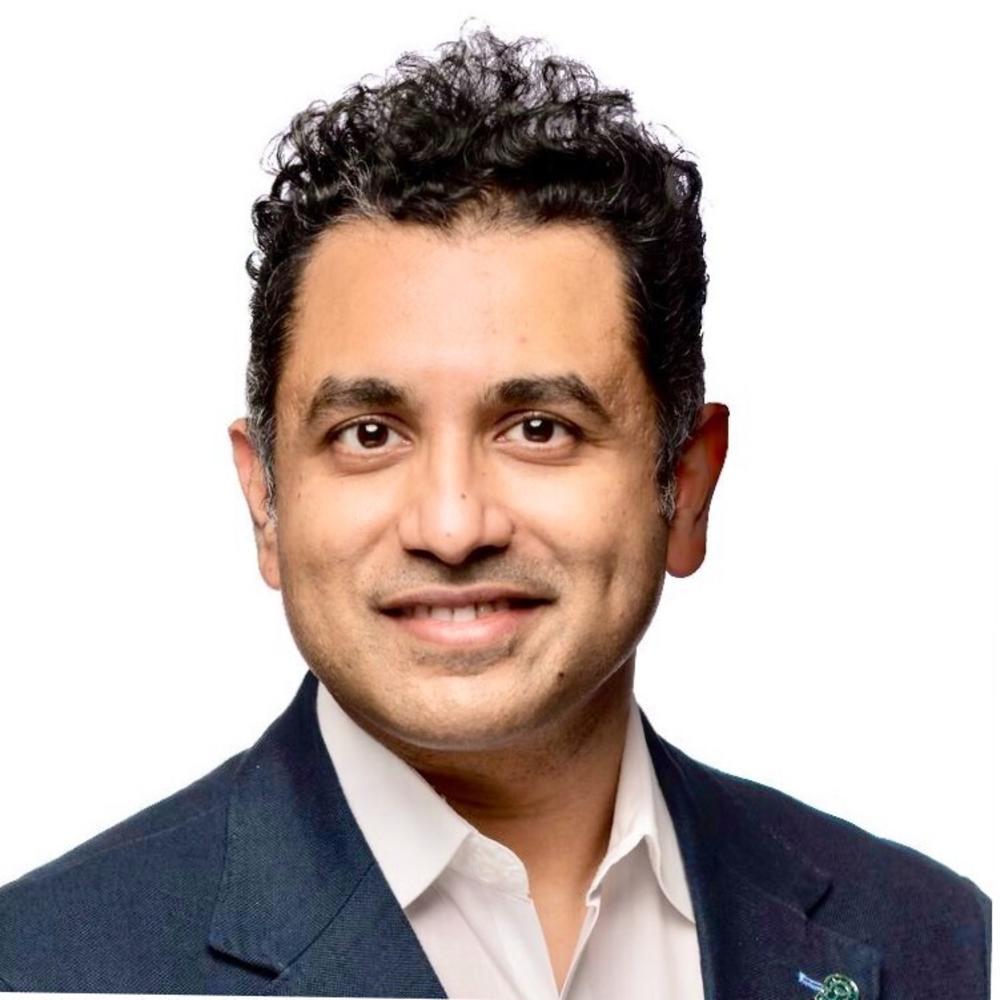April 15, 2014
Can You Hear Me Now?
A few years ago I had the opportunity to experience Dialogue in the Dark; an exhibit that demonstrates how the world around us stands for blind people. The concept is simple: visitors are led by blind guides in groups through specially constructed dark rooms in which scent, sound, wind, temperature and texture convey the characteristics of daily environments, such as a park, city, boat cruise or a bar. The daily routines become a new experience. A reversal of roles is created and people who can see are taken out of their familiar environment.
The experience for me was kind of a deja vu. The only difference was that this time I was the person experiencing and not observing. For the past several years, I had many occasions to conduct Web accessibility testing. Web accessibility means that users with disabilities can use the web just like any other user. They can read, understand, navigate their way around and also interact with the web by contributing and sharing content.
Dialogue in the Dark was restricted to experiencing the day to day challenges faced by blind people. But the web is wide open. There are several types of disabilities affecting millions of people that restrict them from using websites to their full potential or even restrict them from basic access. The UN Convention on the Rights of Persons with Disabilities (2006) recognizes Web Accessibility as a basic human right. In 1998 the US Congress amended the Rehabilitation Act to require federal agencies to make their information technology accessible. This law known as Section 508 assures Web access to all users regardless of disabilities. The World Wide Web Consortium (W3C) is also instrumental in publishing recommendations for Web accessibility.
What makes a website accessible?
The core components for any accessibility initiative are content, web development, and end user tools. The content is the information on any webpage. This includes text, images, and audio/sounds. If the content is not generated and presented in a way that is accessible, it is almost impossible for the disabled users to read or access. The content managers or content editors are responsible for creating accessible content. An image without an alternative text description makes the image just an anonymous placeholder for screen readers; the assistive technology used by disabled users to have web pages read out to them.
To have a successful accessible website, the web development is equally important to make sure the web page is structured in a way that is compliant. An individual page or in most cases, content management systems, that enable content publishing need to adhere to certain standards as far as code is concerned. There are various evaluation tools that validate the written code requiring strict standards to have a site that is Section 508 compliant. These standards make sure the pages and the content is accessible. For example, web pages that use tables or frames for layout make it almost impossible for the page to be accessible. A switch from tables to cascading style sheets make web pages not only accessible, but also easy to load on mobile devices.
When we built the GeorgiaGov platform, accessibility was one of our key concerns. Choosing the Drupal based Open Public distribution, we made sure that accessibility was addressed for the entire platform. Agencies do not have to worry about developing web pages to make them accessible.
Their only responsibility is content, which is a huge responsibility in itself. Accessible content goes a long way. When most content managers think of content, they focus on text and images but content is everything that is offered on your site. From images to photo descriptors to attachments. How many of us know if our PDF, Word, Excel or PowerPoint files are accessible? What happens to blind users when they open one of these files and start navigating?
Partnering with AMAC
I am happy to announce our partnership with AMAC Accessibility Solutions. AMAC Accessibility was incubated out of the University System of Georgia in 2005 to help post-secondary disability services offices provide complete, timely, and efficient accommodations to print-disabled students so they can be more independent and productive in their academic environments.
Today, as a research and service center of the Georgia Tech College of Architecture, AMAC's expertise, tools and technology empower not only college disability service providers, but also K-12 educators, corporations, non-profits, and government institutions throughout the United States. Their purpose is to provide equal access to education, work, and life for individuals with disabilities of all kinds.
Digital Services Georgia is excited to work with AMAC and educate our customers on Web content accessibility. Stay tuned for our future events where we will do a deeper dive and learn more about making our websites accessible.
